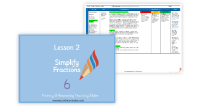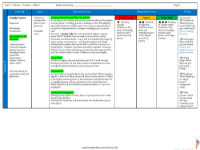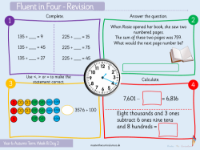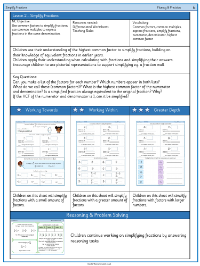Fractions - Simplify Fractions - Presentation
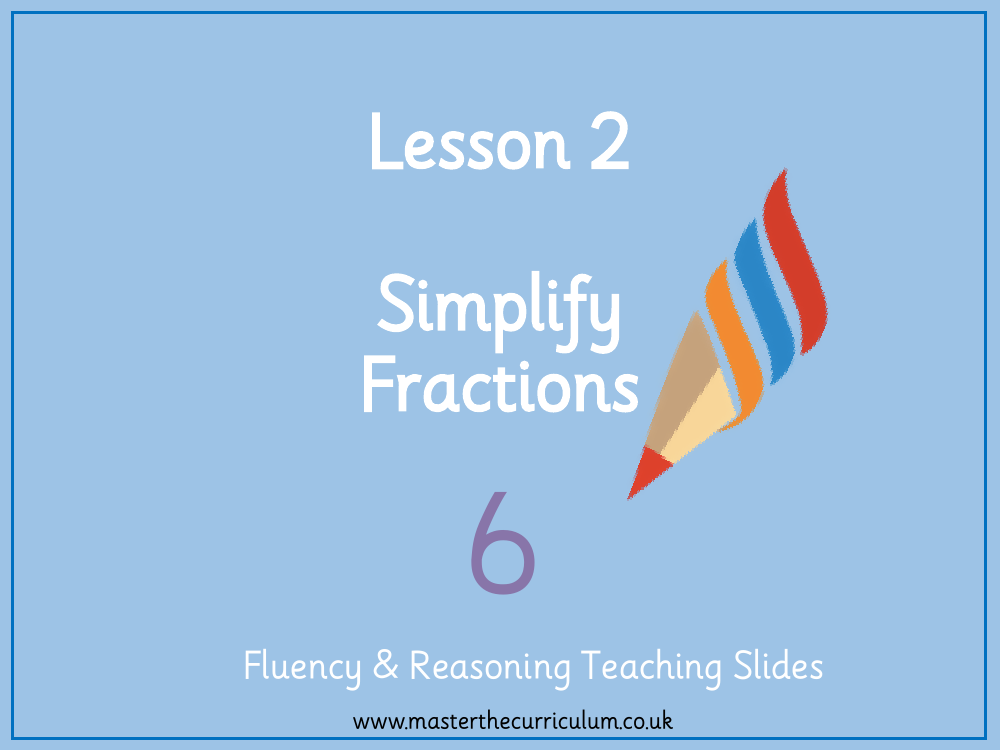
Maths Resource Description
In the second lesson of a series on fractions, students are introduced to the concept of simplifying fractions by utilising their understanding of highest common factors (HCF). The lesson begins with a discussion about what a common factor is, setting the stage for the day's learning objective. Students are then presented with a practical example where Zach simplifies the fraction 8/12 by dividing both the numerator and the denominator by their highest common factor, which in this case is 4, resulting in the simplified fraction 2/3. The lesson's activities involve identifying the factors of given numbers and using the highest of these common factors to simplify various fractions.
As the lesson progresses, students engage in a range of activities designed to deepen their understanding of simplification. They apply Zach's method to different fractions, learning to recognise and apply the highest common factor to simplify them correctly. For instance, they simplify 6/18 to 1/3 and 10/15 to 2/3 by dividing by the HCF. In a second activity, Malachi's method is introduced, where students learn to simplify fractions that are part of mixed numbers, such as turning 2 4/10 into 2 2/5. The lesson also includes reasoning tasks where students must identify errors in simplification and sort fractions into categories based on their simplified forms. Finally, independent work challenges students to apply their knowledge to new sets of fractions, reinforcing the concept that a simplified fraction is always equivalent to the original fraction and exploring when fractions cannot be simplified further.
